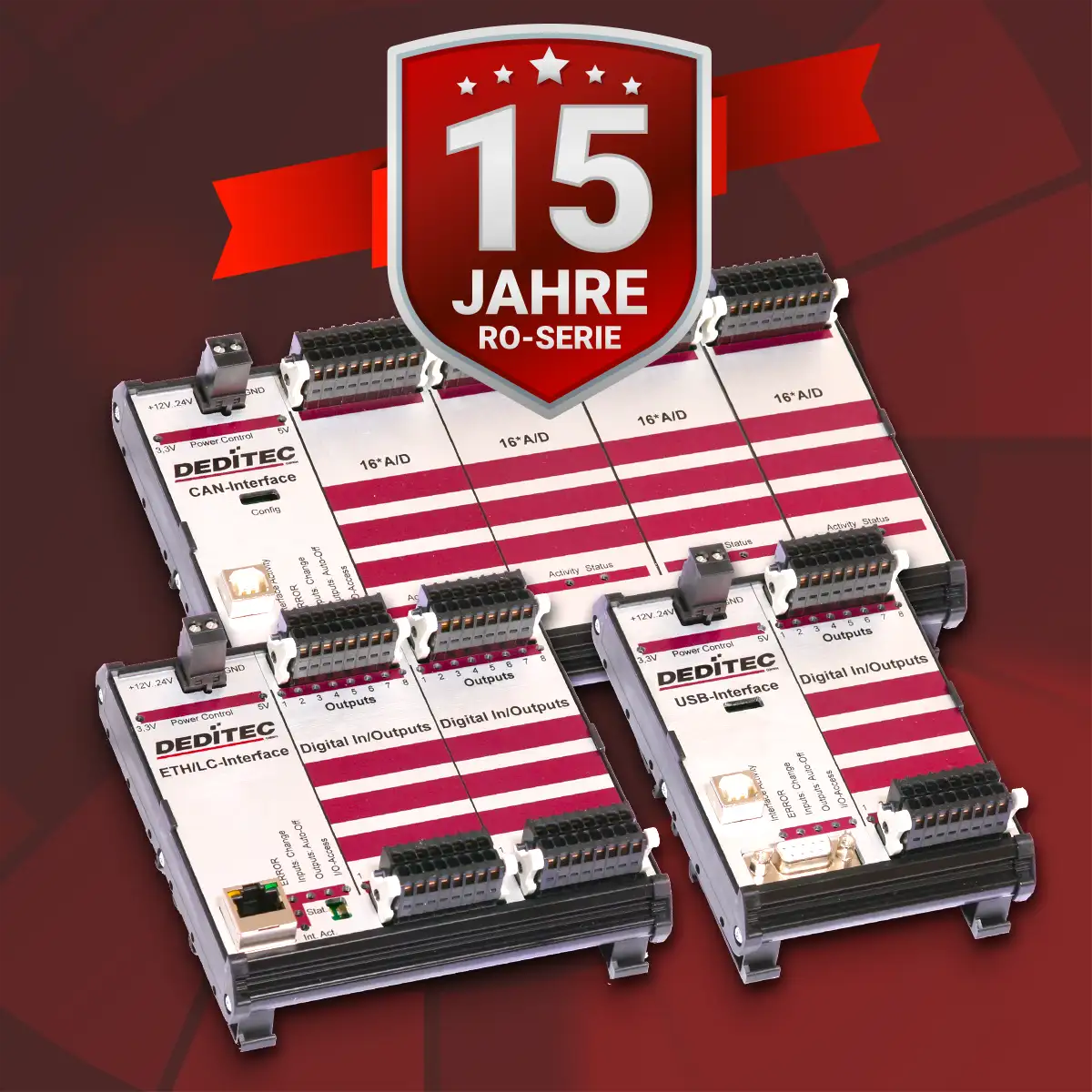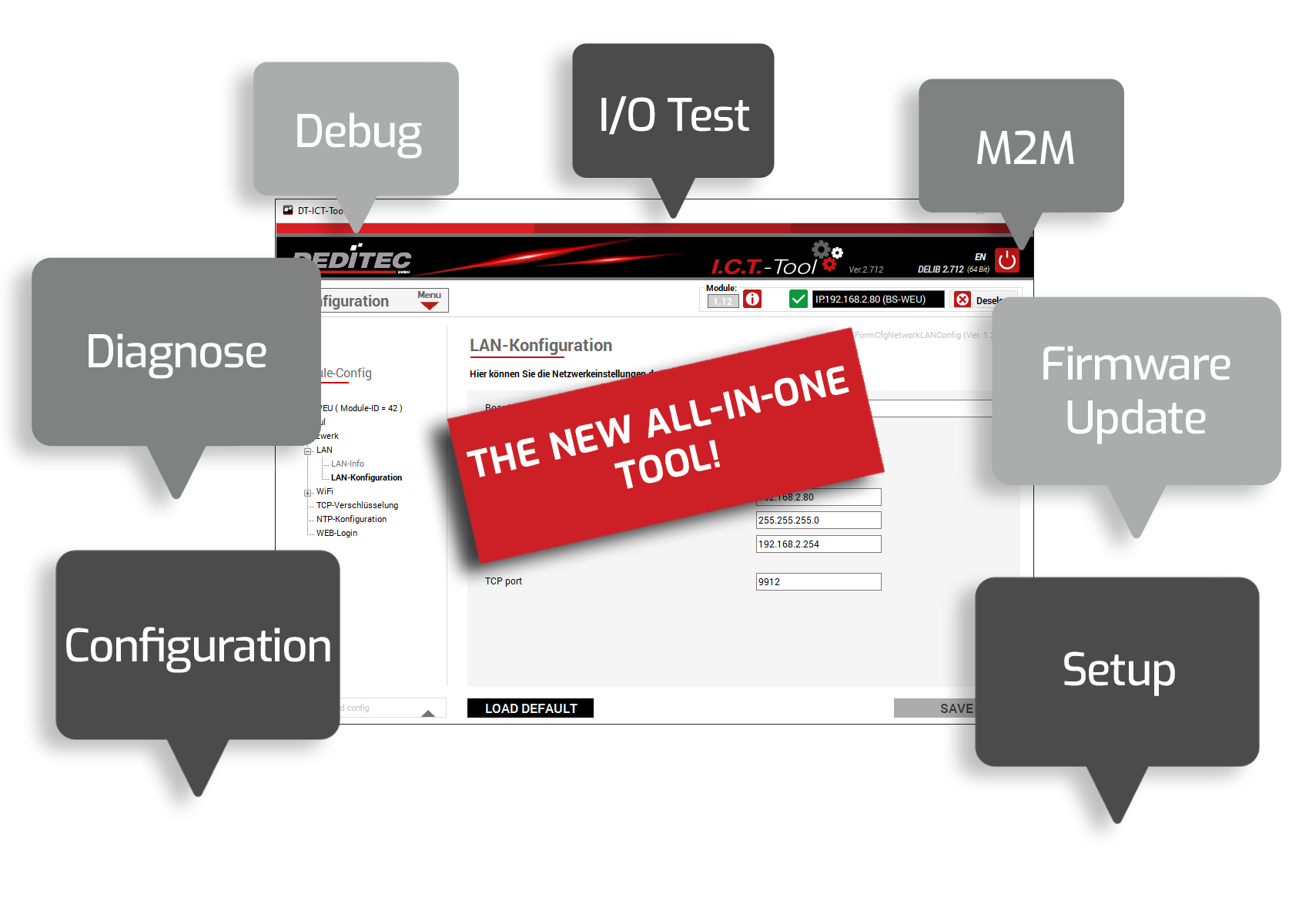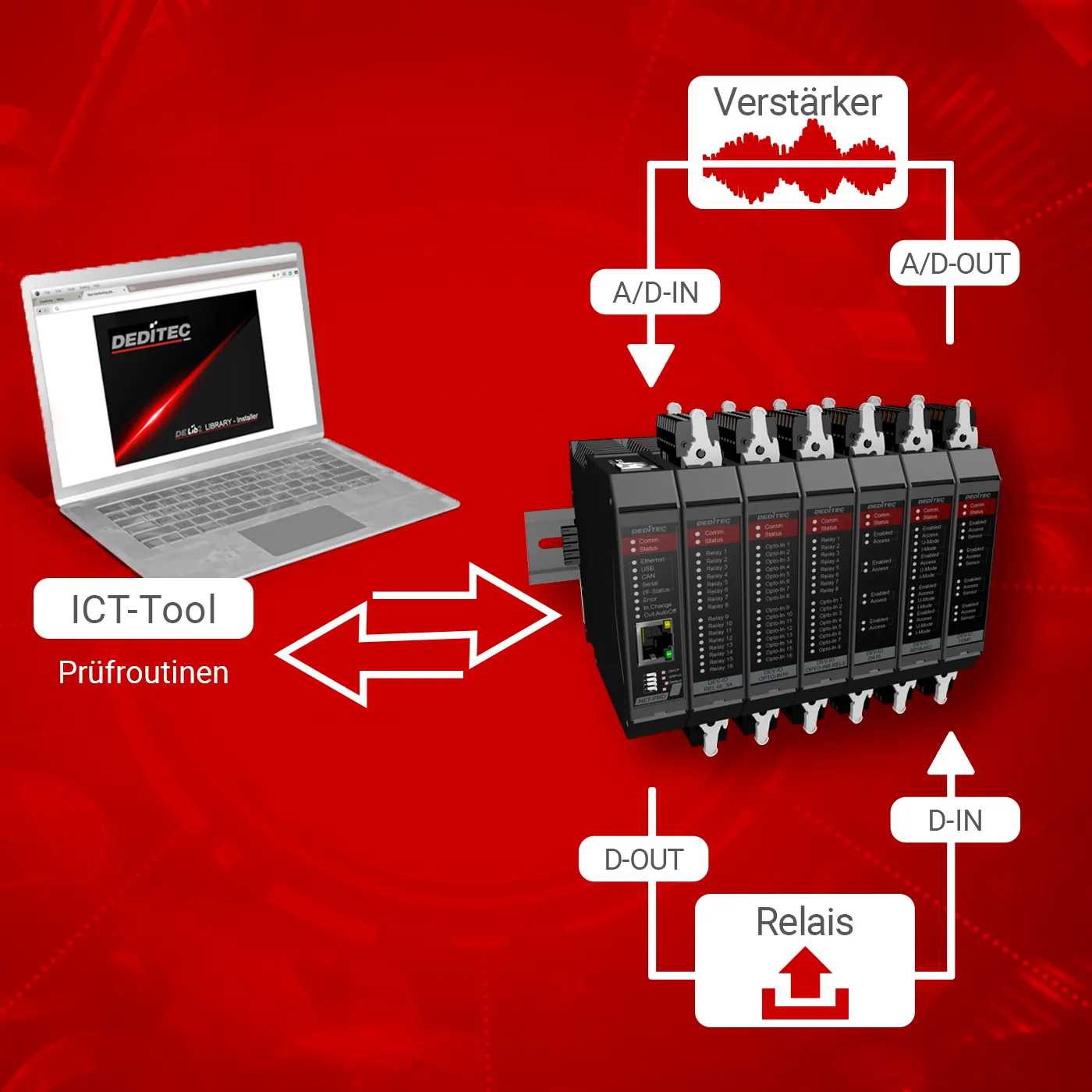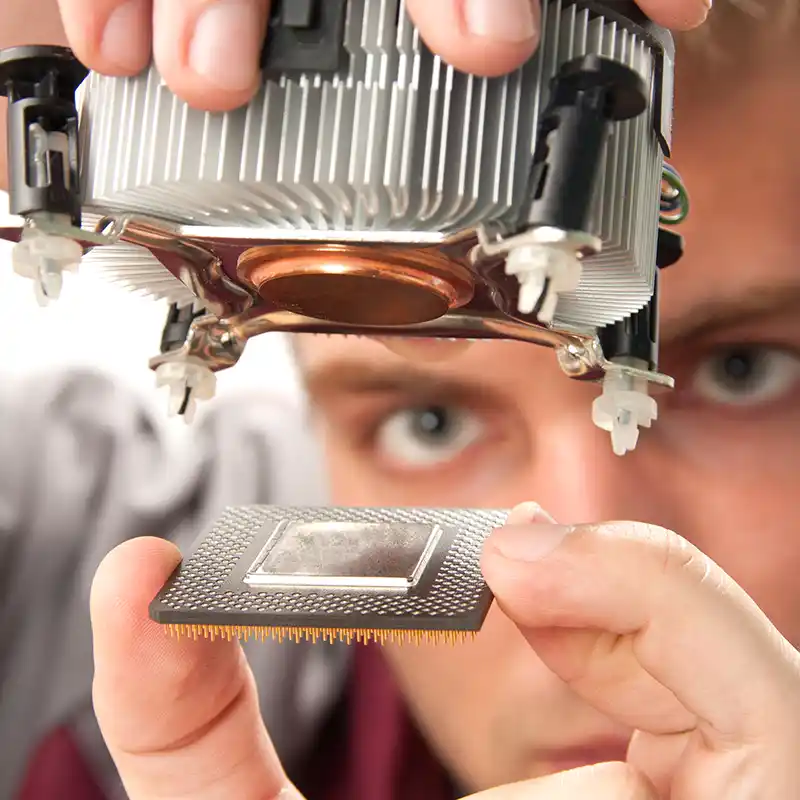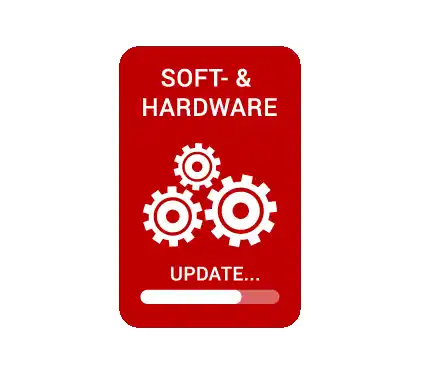The BS series from DEDITEC has been extremely successful on the market for almost 10 years now. Now, the Brühl-based high-tech company is adding three additional analog I/O modules to its long-running series: BS-WEU-AD16, BS-WEU-AD16-DA4, and BS-WEU-AD16-DA4-OR16.
The previous modules in the BS series were already capable of switching digital inputs and outputs via Ethernet, USB, or CAN. Thanks to the new “WEU” core, the new modules now always support Ethernet, USB, and Wi-Fi. The BS-WEU even has both variants in one module: digital and analog inputs and outputs.
A special feature of the analog inputs and outputs is the galvanic isolation from the power supply. This means that technicians no longer need to ensure that the connected measuring sensors are at the same potential. This is because both the A/D inputs and the D/A outputs are now galvanically isolated from each other.
DEDITEC uses a screwless connector system from the manufacturer WAGO-Kontakttechnik. The 1-wire spring-cage connectors are 100 percent protected against incorrect connection and feature an extremely reliable ejector and locking mechanism. In addition, all wire types up to 1.5 mm² can be connected. The spring-cage connectors are even pin-compatible with the NET series, making cross-series replacement a breeze.
Technical data in detail
Analog inputs:
- 16 channels, each with 16 bits
- Galvanic isolation from power supply: max. 500V
- Voltage ranges: 0-5V, 0-10V, +5V, +10V
- Optional current ranges: 0-20mA, 4-20mA, 0-24mA, 0-50mA
- Input resistance: >500kOhm
Analog outputs:
- 4 channels, each with 16-bit resolution
- Galvanic isolation for power supply: max. 500V AC
- Voltage ranges: 0-5V, 0-10V, +5V, +10V
BS-WEU:
WEU stands for WiFi, Ethernet, and USB. The BS-WEU modules can be configured and controlled with any DEDITEC software, either wired via Ethernet (10/100 Mbit) or USB (2.0/1.1), or wirelessly via WiFi.
Setting up the modules with the company or home network is particularly user-friendly thanks to their three WiFi modes: WiFi ON, WPS Start and – if WiFi is not desired – WiFi Off. All modes can be easily set directly on the module using a button or via the supplied “Module Config” software.
The extensive Windows driver library (DELIB) enables uniform and very simple control of the modules in almost all available programming languages. Furthermore, after installing the DELIB driver library, not only a ready-made configuration program but also a test program is available. As you would expect, DEDITEC supplies the necessary software directly on the “DEDITEC Driver CD”. Alternatively, it can also be easily downloaded from www.DEDITEC.de. Incidentally, the modules are fully software-compatible with the previous modules.
The BS-WEU modules also feature four status LEDs and one LED on each input and output channel. In addition, four DIP switches facilitate network configuration. Both modules are connected via 16-pin expandable spring terminals. The modules are operated with a supply voltage of +7 to 24 V DC.
BS-WEU-AD16:
This module only has analog inputs and is ideal for monitoring voltages and currents. Transducers, for example, convert physical variables such as pressure, temperature, humidity, etc. into corresponding currents (0..24 mA) or voltages (0..10 V) and can thus be recorded and digitally processed using our A/D modules.
The available voltage ranges are +-10V, +-5V, 0-10V, and 0-5V. The ranges can be configured via software.
BS-WEU-AD16-DA4:
This module also has analog outputs. These enable you to control current- or voltage-controlled actuators such as valves, servomotors, or special power supplies. Analog signals, especially currents, can be transmitted without interference, particularly in harsh industrial environments and over very long cable lengths.
The available voltage ranges are +-10V, +-5V, 0-10V, and 0-5V. The ranges can be configured via software.
BS-WEU-AD16-DA4-OR16:
In addition to the analog inputs and outputs, there are also digital inputs and outputs. In addition to the analog inputs, digital signal states within a voltage range of 5V to 30V AC or DC can be detected. The digital outputs are ideal for smaller switching loads.
